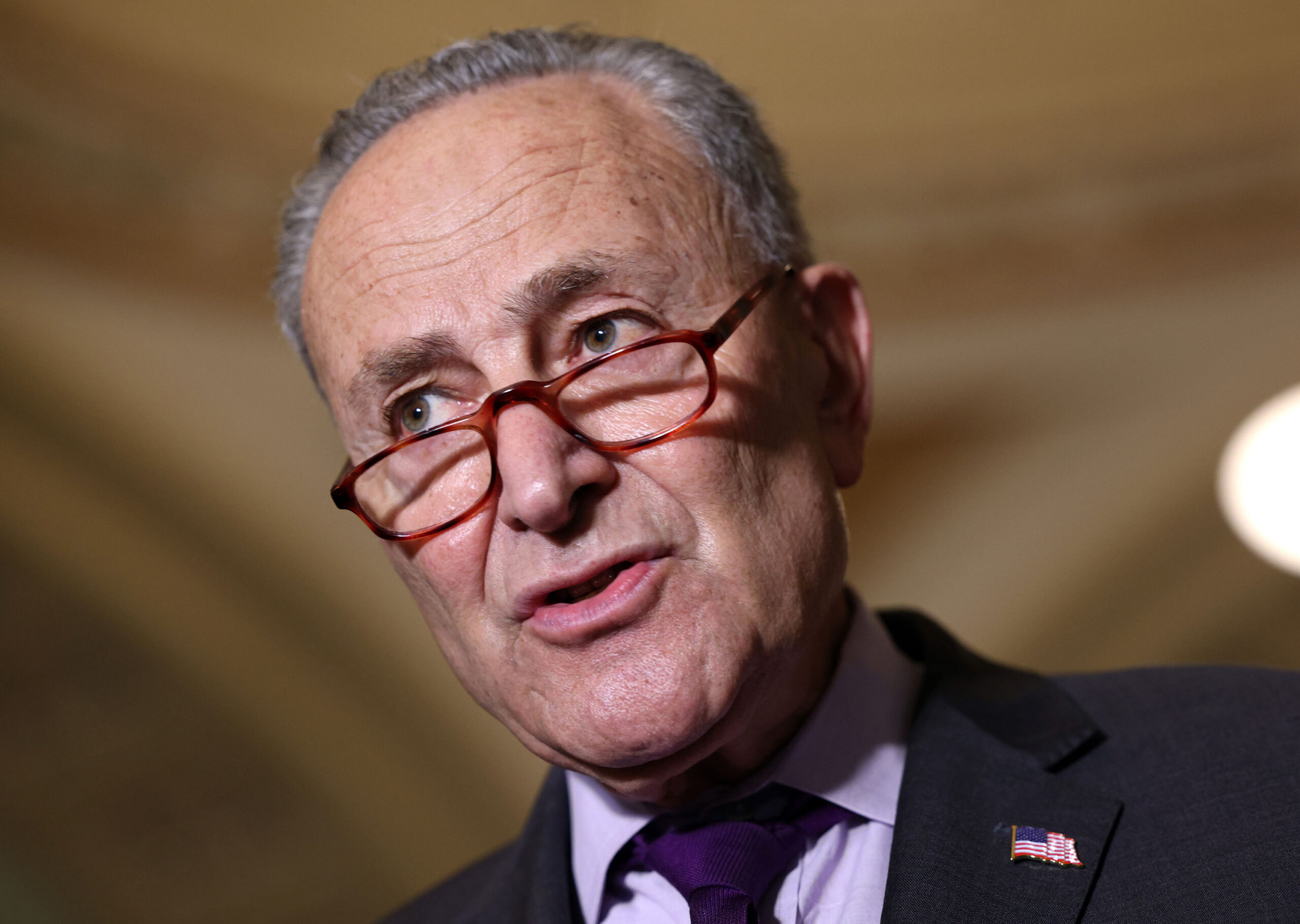More than 38% of Democratic Senate staffers identify as non-Caucasian, an increase from the survey in 2020, where 34.8% of Democratic Senate staffers identified as non-Caucasian, according to a new survey released by Senate Majority Leader Chuck Schumer’s office Tuesday evening.
According to the survey, 38.3% of Democratic Senate staffers identify as non-Caucasian, a 3.5 percentage-point increase from last year.
The survey found that Senate offices with the most diversity in their staffers were those of Sens. Mazie Hirono of Hawaii (73%), Ben Ray Luján of New Mexico (71%) and Raphael Warnock of Georgia (70%).
The Senate offices with the least diversity were those of Sens. Joe Manchin of West Virginia (7%), Patrick Leahy of Vermont (8%) and Angus King (8%).
“Senate Democrats understand the importance of hiring staff that reflect the increasing diversity of the communities we represent,” Schumer said in a statement to CNN. “We’ve made some significant progress this past year, but much work remains to increase congressional staff diversity and ensure that every voice is heard and adequately represented in the halls of Congress.”
Republican leader Mitch McConnell’s office declined to comment on GOP efforts to gauge the level of diversity among Senate offices.
The data also found that the most diverse Senate committee was Indian Affairs (100%), with Judiciary in second place, at 56%.
Since Democrats began conducting this diversity survey in 2017, there’s been a significant increase in Asian or Pacific Islander representation among Senate Democratic committee staffers, according to the survey findings.
The survey also included information about the female-male breakdown in separate Democratic Senate offices, as well as the percentage of members who identified as LGBTQ.

